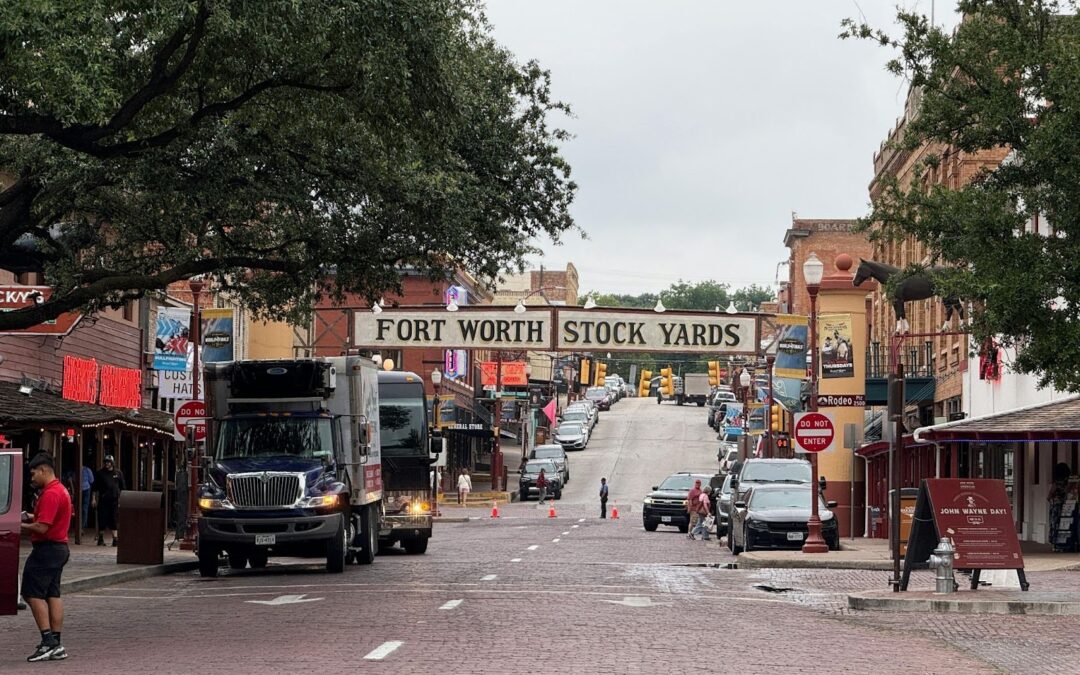The Fort Worth City Council has officially adopted the Eastside Transportation Plan (ETP) for incorporation into the city’s Master Transportation Plan and Comprehensive Plan update.
The ETP outlines the city’s efforts to invest $182 million into enhancing Route 89 and reconstructing East Lancaster Avenue, Brentwood Stair Road and Bridge Street. Construction is not anticipated to begin for at least another year.
The plan is designed to enhance the quality of life for Eastside residents by enhancing the region’s mobility options, connectivity, infrastructure and safety features. Local communities must deal with congestion and safety issues due to the large volumes of traffic along these roadways. The projects featured in the plan will develop a pedestrian-oriented street network while accommodating multimodal transportation that provides ample connectivity while keeping vehicles moving.
As part of the city’s efforts to select the ideal Locally Preferred Alternative (LPA) for the East Lancaster Avenue area, the project was split into four sections:
- Main Street to Riverside Drive – Section 1.
- Riverside Drive to Interstate Highway 820 – Section 2.
- Historic Handley – Section 3.
- Handley Drive to Dottie Lynn Parkway – Section 4.
Fort Worth determined the best LPA for Section 1 was to build a four-lane road, including two lanes in each direction. The corridor will have shared-use paths on either side buffered by planting strips. The route will also include shared transit options with dedicated shelter to promote ridership. Section 2 will be turned into a managed technology corridor with three travel lanes going in each direction, separated by a green median and landscaping. Plans include installing similar shared-use paths and public transit amenities.
Section 3 will undergo some of the most drastic reconstruction in the project, resulting in a four-lane bi-directional roadway in a managed technology corridor. The city plans to build shared-use paths along the north side separated from the street by buffered greenspace. In addition, the project will incorporate on-street parking, safety and operational improvements and a cross-section fitting within the existing right-of-way. The final section will be a managed technology corridor with an identical configuration to Section 1.
To best serve the transit needs of residents near Route 89, the city determined that deploying high-capacity bus service would provide the most comprehensive, affordable solution. These bus routes will be implemented through a tech-based rapid transit solution, which uses traffic signal management technology, upgraded shelters, transit signal priority and other amenities to upgrade service and safety.
Fort Worth will implement a series of improvements along Brentwood Stair Road and Bridge street in preparation for the Texas Department of Transportation’s (TxDOT) plans to widen IH-30. The LPA consists of building a two-lane road with lanes going in each direction that connect with direct ramps leading onto the highway.
Outside of the LPAs, the ETP also includes a list of potential improvements for the area that may be implemented at a later date. These enhancements target the region’s intersections, bridges, transit infrastructure and active transportation efforts. These potential projects may include:
- Replacing medians.
- Extending and installing turn lanes.
- Adding crosswalks and walk signals at intersections.
- Installing roundabouts.
- Upgrading traffic signals.
- Building bridges.
- Lowering roadways.
- Building transit stations or hubs.
- Expanding high-frequency bus service.
- Creating transit connections.
- Adjusting road alignments.
With the ETP officially adopted, the next step will be to adopt the Master Thoroughfare Plan amendments. The city plans to later adopt the recommended form-based code and rezone properties to match the code in early 2026. These next steps will lay the groundwork facilitating the city’s efforts to begin the reconstruction and improvement projects.
Photo by Vishnu Vardhan Akula from Pexels

